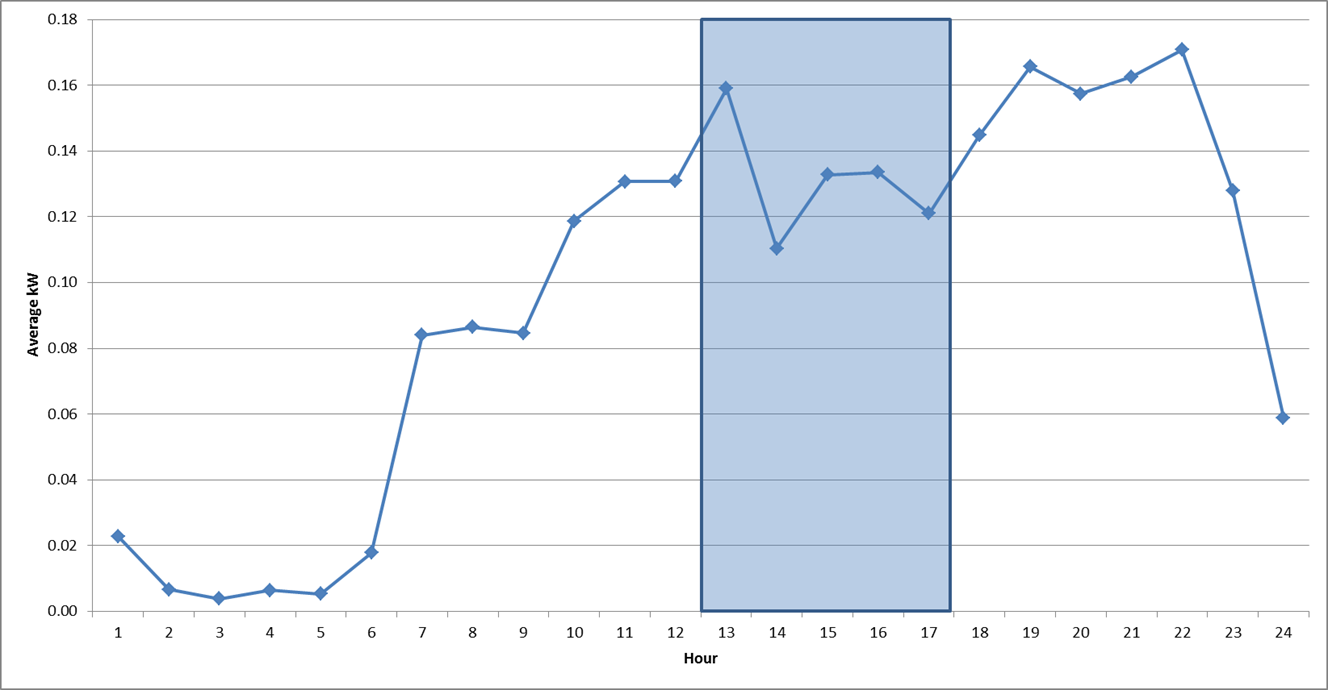By John Otterbein | Mon, May 4, 15
In the world of energy efficiency, clothes dryers were the kids picked last during recess basketball games, overlooked for more promising appliances. As refrigerators, clothes washers, and dishwashers became incrementally more efficient over time, clothes dryers were left to their energy squandering ways.
Clothes dryers hadn’t received an upgrade to their appliance efficiency standard for over 20 years, until January of this year when a modest, but nonetheless improved federal efficiency standard went into effect.
In fact, clothes dryers have received significant amounts of attention over the span of the last year because of their immensely untapped potential energy savings. A 2014 study conducted by NRDC and Ecova found that “Americans currently spend $9 billion annually to operate their dryers,” and “updating these dryers to the level of the most efficient versions sold overseas could save U.S. consumers a whopping $4 billion a year and avoid 16 million tons of carbon dioxide emissions annually.”
That’s equivalent to shutting down three coal power plants or removing two millions vehicles from the road.
Emissions reductions and energy savings of that magnitude are tough to ignore considering the growing level of concern mounting over the future of our environment, climate, and economy. Every kWh saved helps and kWhs from dryers are no exception.

However, even with a new federal standard in place, and alongside of new ENERGYSTAR certified models, the most efficient dryers holding the highest potential savings are still steeply expensive.
This is precisely why the EM&V Forum developed the Residential Electric Clothes Dryer Baseline Study. The study is meant to provide information that helps energy efficiency providers encourage the transformation of the residential market for clothes dryers. It describes our real world experience of how much energy we use with conventional dryers (the baseline) and also provides insight about when laundry is done. The results help provide the platform that is needed to help in comparisons with the performance of new dryer technologies.
Key Findings
This residential clothes dryer study metered and analyzed energy consumption by the existing, conventional but recently purchased (less than 5 year old) electric clothes dryers in 23 single household homes in Vermont, New Hampshire, Maine, and Massachusetts. Households eligible for this study were year-round occupants with two to four occupants.
Here are some of the salient findings from the study:
- The average annual energy consumption per dryer in a normalized household (United States average of 2.8 people) is estimated to be 993 kWh ± 129 kWh. (This study found annual dryer energy consumption to be similar, albeit slightly higher, than some studies from other parts of the country).
- The pattern of use by the households (loadshape) showed that weekends are when the highest dryer usage takes place in this region, and during the week, highest usage is during evening hours; our laundry habits don’t match the regional summer or winter peak periods of electricity consumption. This is different from other studies in other parts of the country, where peak usage occurred during midday.

- There are seasonal variations, as the colder months require more energy for drying clothes because more and heavier clothing is worn during the winter months.
- The average number of annual dryer loads varies but is estimated to be 439. This number is somewhat higher than the number of loads reported in the NEEA field study. Using the metered data, it is difficult to differentiate normal dryer loads from “touch-up” operation (when the user restarts the dryer with the same load in the drum).
- This and the other similar studies that were reviewed all support the conclusion that dryer usage assumptions being used to support the development of standards and ENERGY STAR specifications, for example, that are based on testing protocols is higher than estimated for the ENERGY STAR program, which assumes a smaller number of annual dryer loads and uses testing protocols that don’t exactly match real world conditions. In fact, both usage and savings are potentially higher than estimated by ENERGY STAR.
Moving Forward
With multiple studies concluding similar baseline usages, the program administrators should be confident in adopting a dryer baseline of 900 to 1,000 kWh annual energy usage for single-household homes. Given that many purchasers buy washing machines and dryers at the same time, program administrators may want to conduct additional research (secondary or primary) to develop washer/dryer combined baseline estimates, and also to study the potential savings in multifamily buildings with residential laundry equipment.
Furthermore, utilities should consider offering early incentive programs to permanently retire and recycle functioning electric (or gas) dryers and replace them with substantially more efficient ones. The report notes that savings of 20 to 30% with the new ENERGY STAR dryers and emerging heat pump dryer technologies may be expected.
The market for clothes dryers is currently in the spin cycle. We encourage utilities to provide program support for the proliferation of highly efficient residential dryers using data from studies of this kind so their purchase becomes more viable, and even an attractive alternative, to the average consumer. Until then, we’ll be waiting until the lint settles.
